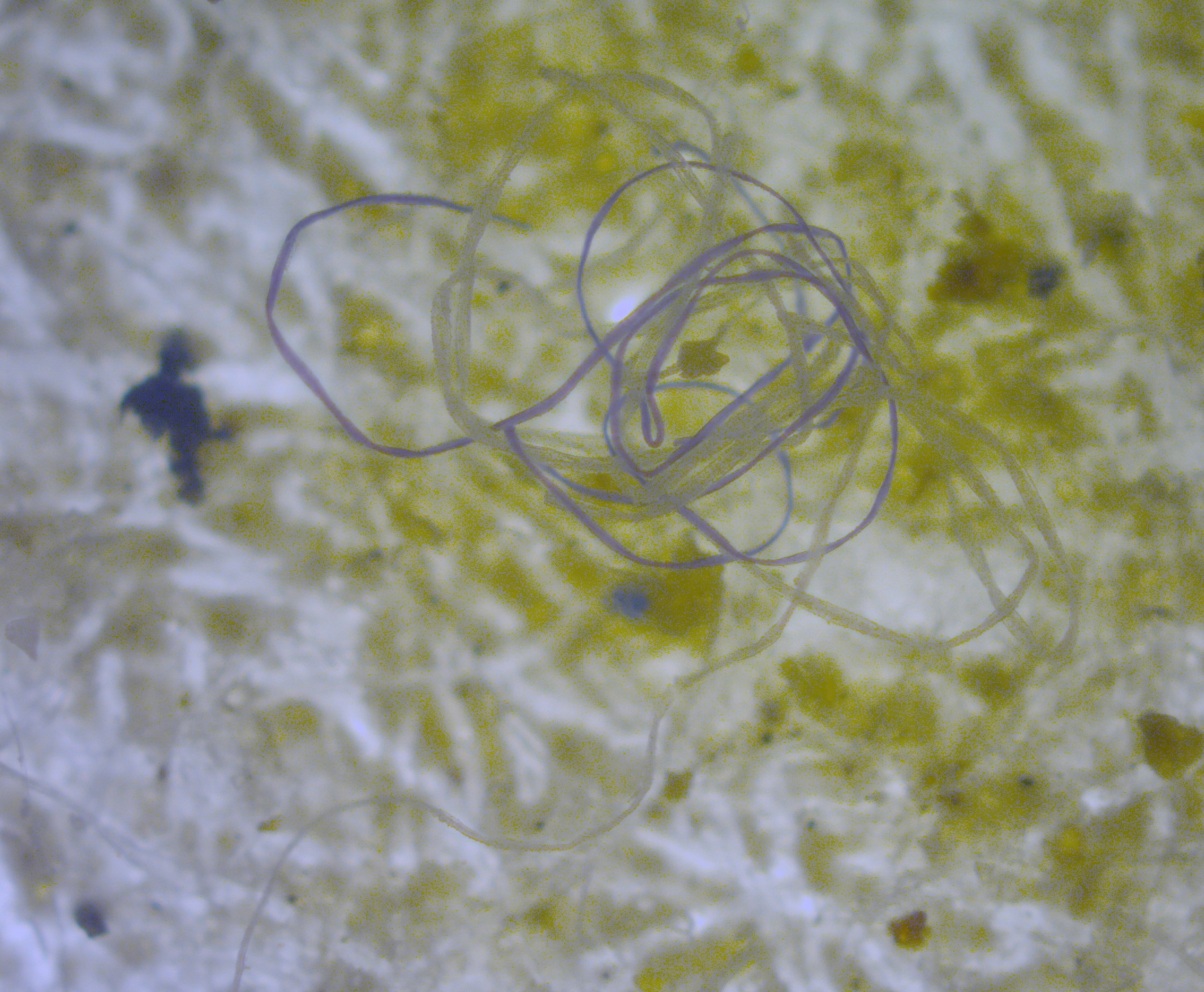A study by Ocean Wise estimates that 878 tonnes of plastic microfibres are released from household laundry in Canada and the United States through wastewater treatment plants every year. This is the equivalent weight of 10 blue whales collectively into rivers, lakes, and oceans.
With microplastic pollution now understood to be an emerging threat to ocean health, the Ocean Wise Plastics Lab in Vancouver investigated one of the potential sources of this problem. The authors noted that the loss of fibres by textiles during home laundry may explain in part the abundance of microfibres found in the ocean.
The report was produced with the support of four outdoor retailers: MEC, Patagonia, REI, and Arc’teryx. It was also supported by Metro Vancouver and Environment and Climate Change Canada.
Microfibre footprint
With limited research on the propensity of textiles to shed during laundry, the researchers’ goal was to generate a wider dataset on the microfibre footprint of different fabrics. Over a two-year period, the Plastics Lab evaluated the shedding properties of 37 textile samples constructed with polyester, nylon, and natural and mixed fibres. The Plastics Lab team established a custom-designed washing machine test facility and a dedicated high-resolution analytical laboratory, both in Vancouver.
One of the key findings was the surprisingly wide range in shedding exhibited by different textiles tested during a single wash, reflecting variations in construction, yarn type, mechanical treatment and chemical treatment of each item. For example, mechanically-treated polyester fleeces and jerseys typically shed the most, whereas lightweight and durable nylon textiles shed the least. While concerns linger regarding the emission of synthetic fibres through home laundry, even materials made with natural fibres such as cotton and wool released large amounts of microfibres.
In this study, the researchers estimate that the average household in Canada and the United States releases 533 million microfibres—or 135 g—from laundry into the wastewater treatment system every year. Following wastewater treatment, that adds up to a collective release by households in both countries of 3.5 quadrillion (3.5 x 1015) microfibres – or 878 tonnes – to the aquatic environment (freshwater and ocean). That’s the equivalent weight of 10 blue whales – every year.
“Our overall hope is that these findings provide a conduit to solutions at multiple levels,” said Peter Ross, vice president of Research at Ocean Wise and one of the authors of the report. “These results illustrate the important role that we can all play in implementing solutions through the decisions we make as consumers, the green design options we choose as manufacturers, the designs we employ as wastewater treatment engineers, and the initiatives we lead as policymakers in government.”
Microplastics mistaken for food in the ocean
This work is part of a wider Plastics Lab initiative to characterize the identity, fate, and effects of microplastics in the world’s oceans. One of the major problems associated with microplastics is that they can be mistaken for food and ingested by biota, including zooplankton, fish, and marine mammals.
How consumers can help
Apparel makers and retailers will benefit from this research as a foundation for designing textiles that are less prone to microfibres shedding. Consumers can also help reduce microfibres pollution in the following ways:
- Wash textiles less often
- Buy products designed to last and say “no” to fast fashion
- Use a front-loading washing machine
- Buy a lint trap for your washing machine
- Let clothing firms know that this is important to you the consumer, and ask that they design fabrics that shed less
A copy of the full report is available here.
Header image credit: M.Danny25









